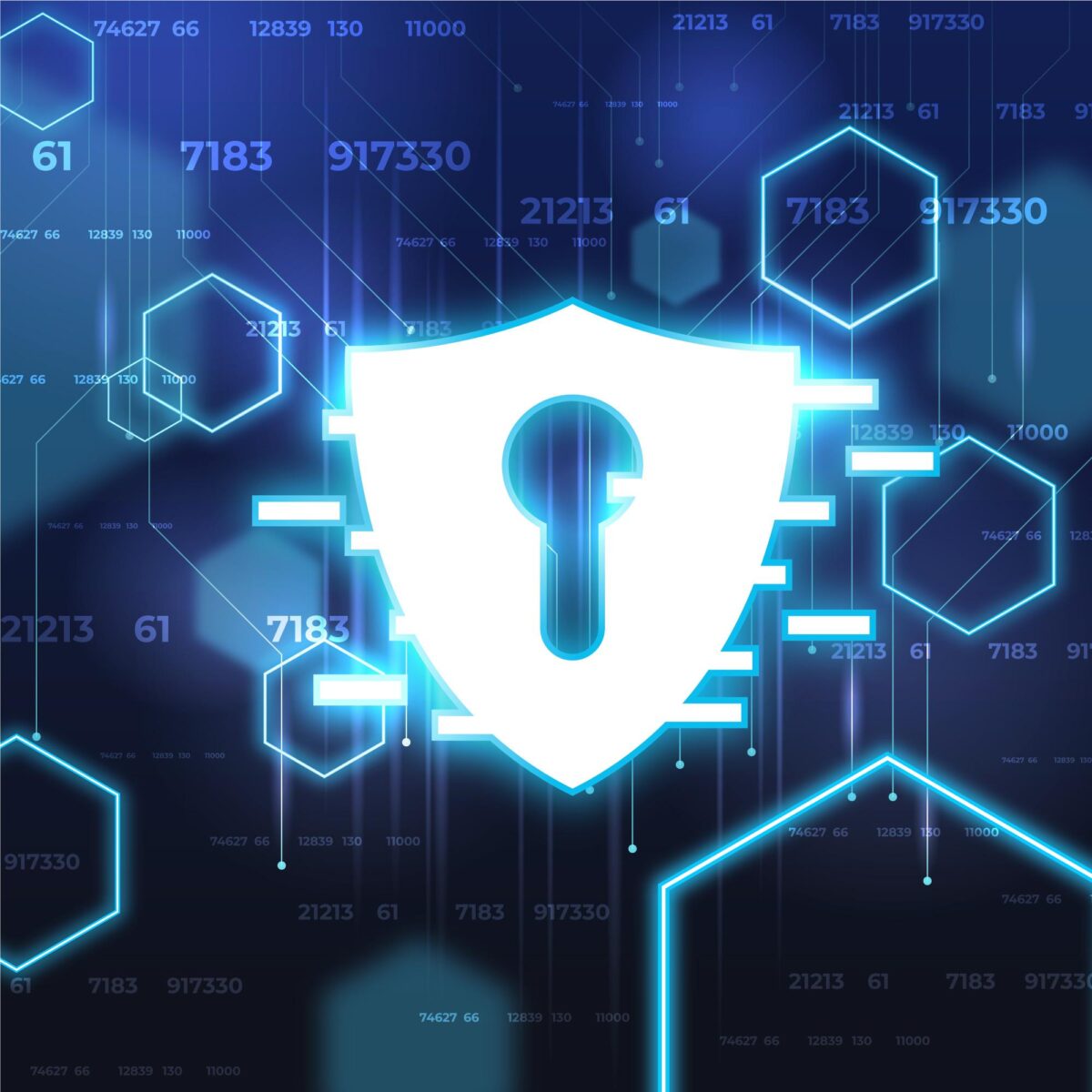
In an era where medical devices are increasingly interconnected and reliant on software, cybersecurity has become a critical component of healthcare. The FDA recognizes the importance of cybersecurity in protecting public health and ensuring the safety and effectiveness of medical devices. To address these concerns, the FDA has outlined specific cybersecurity information needs for medical device manufacturers in Final guidance Cybersecurity in Medical Devices (September 26, 2023).
Understanding the FDA’s Role in Cybersecurity
The FDA is responsible for regulating medical devices to ensure they are safe and effective for use. With the growing integration of digital technologies in medical devices, the FDA’s oversight was expanded to include cybersecurity. This includes assessing the cybersecurity risks of devices during the premarket review process to determine if the manufacturer has provided a reasonable assurance that cybersecurity concerns have been adequately addressed, and monitoring for vulnerabilities post-market will be in place.
Here are the critical components manufacturers must address:
1. Architecture Security Views
Global System View
Manufacturers must provide a comprehensive overview of the device’s architecture, including how it interacts with other systems. This global system view should highlight:
- Network interfaces and communication pathways.
- Data flow between components and external systems.
- Potential entry points for cyber threats.
Multi-Patient Harm View
The multi-patient harm view focuses on the potential impact of cybersecurity threats on multiple patients. This includes:
- Assessing scenarios where a single cyber incident could affect multiple patients.
- Identifying critical vulnerabilities that could lead to widespread harm.
- Implementing safeguards to mitigate such risks.
Updatability and Patchability View
This view addresses the device’s capability to be updated and patched throughout its lifecycle. Manufacturers should detail:
- The process for delivering updates and patches.
- Mechanisms to ensure updates do not compromise device functionality.
- Strategies to minimize downtime and disruption during updates.
Additional Security Views
Other security views may include:
- Access Control View: Describing how access to the device and its data is controlled and monitored.
- Data Integrity View: Ensuring that data stored, processed, and transmitted by the device remains accurate and unaltered.
2. Threat Modeling
Data Flow Diagrams
Threat modeling involves identifying potential threats to the device by mapping out data flows. Data flow diagrams should:
- Illustrate how data moves through the system.
- Highlight points where data may be vulnerable to unauthorized access or modification.
- Serve as a basis for identifying and mitigating threats.
3. Threat Analysis
Non-probabilistic Scoring
The Common Vulnerability Scoring System (CVSS) or similar, is used to evaluate the severity of vulnerabilities. Manufacturers should:
- Assign non-probabilistic scores to identified vulnerabilities.
- Prioritize mitigation efforts based on the severity of these scores.
- Continuously reassess vulnerabilities as new threats emerge.
Mitigation
Effective mitigation strategies are essential for addressing identified vulnerabilities. This includes:
- Implementing technical controls, such as encryption and authentication.
- Developing response plans for potential cybersecurity incidents.
- Regularly updating security measures based on new threat information.
4. Management Plans
Device Update
Manufacturers must have a robust update management plan that ensures:
- Timely deployment of security patches and updates.
- Clear communication with users about the importance of updates.
- Procedures to verify the successful application of updates.
Response to incidents
A well-defined response plan is crucial for addressing cybersecurity incidents. This plan should include:
- Steps for identifying and assessing incidents.
- Procedures for containing and mitigating the impact of incidents.
- Communication protocols with stakeholders, including the FDA and affected users.
5. Testing Results
Penetration Testing
Penetration testing involves simulating cyber attacks to identify vulnerabilities. Manufacturers should:
- Conduct regular penetration tests.
- Document the findings and remediation efforts.
- Use the results to strengthen security measures.
Fuzz Testing
Fuzz testing involves inputting random data to find vulnerabilities. Key aspects include:
- Identifying potential points of failure.
- Evaluating the device’s response to unexpected inputs.
- Using the results to improve the device’s robustness.
Other testing as appropriate.
6. Software Bill of Materials (SBOM)
Software bill of materials for all software that is part of the medical device. These SBOM’s should be machine readable and follow a standard format.
Vulnerability Analysis
Vulnerabilities in third-party software components should be analyzed:
- Determine impact on the medical device and provide any necessary mitigation.
- Ensure third-party vendors provide timely security updates.
Support Expectation for Third-Party
Manufacturers must outline their expectations for third-party software support, including:
- Commitments from vendors to provide updates and patches.
- Processes for integrating third-party updates into the device.
- Contingency plans for unsupported third-party components.
7. Monitoring and Incident Reporting
Analysis of Incidents
Continuous monitoring and analysis of cybersecurity incidents are vital. This involves:
- Collecting and analyzing data on security incidents.
- Identifying trends and patterns in incidents.
- Using insights to improve device security.
Metrics to gauge effectiveness
Developing metrics to measure the effectiveness of cybersecurity efforts is crucial. Key metrics might include:
- Number and severity of identified vulnerabilities.
- Time taken to deploy updates and patches.
- Frequency and impact of cybersecurity incidents.
Product Update Cycles
Manufacturers should establish regular product update cycles, ensuring:
- Consistent and timely updates to address new threats.
- Communication with users about upcoming updates.
- Minimization of disruption during the update process.
The Implications for Manufacturers and Healthcare Providers
Adhering to the FDA’s cybersecurity information needs is crucial for manufacturers to ensure their devices are secure and compliant with regulatory requirements. By integrating cybersecurity into the entire lifecycle of a medical device, manufacturers can protect patient safety, maintain trust, and reduce the risk of costly recalls and legal issues.
Conclusion
As medical devices become more interconnected and reliant on digital technologies, cybersecurity will continue to be a top priority for the FDA and the healthcare industry. By addressing the FDA’s cybersecurity information needs, manufacturers can ensure their devices are secure, effective, and capable of protecting patient health in an increasingly digital world.
Bold Type is here to help whether you need a secure software development partner or just a consultant to help ensure your system is secure and will meet FDA’s latest requirements. Reach out at [email protected] to set up a quick chat.






